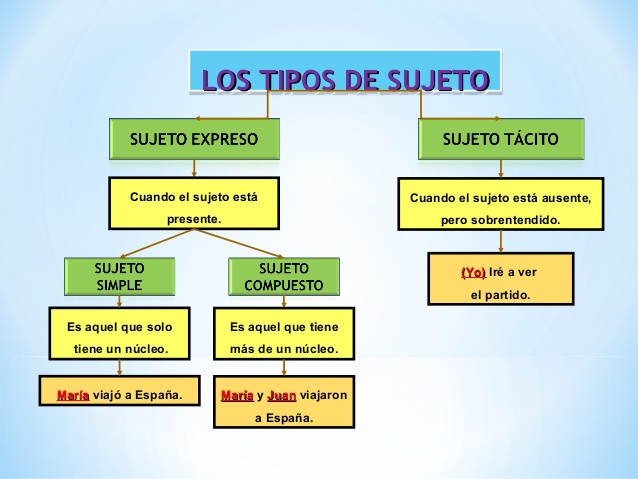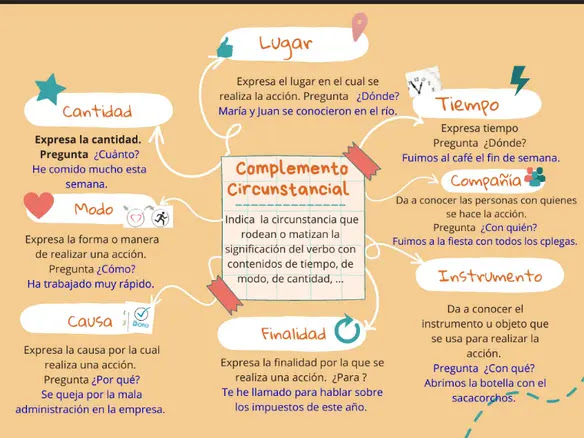Análisis sintáctico
miércoles, 28 de mayo de 2025
lunes, 26 de mayo de 2025
Países de Europa y sus capitales.
Contemporary Age
1-Introduction
The Industrial Revolution started in Britain in 1760 and spread across Europe during the first part of the 19th century. Factories, thanks to new machinery and inventions, were built mostly in cities. People began to migrate from rural areas to cities to look for work.
Politically, there was also a huge change. The French Revolution in 1789 meant the end of absolutism in France, the end of unlimited powers for the king and the beginning of new liberal ideas.
2-Revolution and changes in Spain
Carlos IV came to the Spanish throne in 1788 just as the French Revolution was beginning.
Relations between Spain and France, distant up until now, improved and in 1807 the Spanish Prime Minister, Manuel Godoy, signed the Treaty of Fontainebleau with Napoleon Bonaparte. They agreed to invade Portugal and divide it between each other. However, France used this alliance to achieve another objective – the invasion of Spain.
Carlos’ son, Fernando led the Mutiny of Aranjuez in 1808 against Godoy. It forced Carlos IV to abdicate in favour of his son who became King Fernando VII. Napoleon then forced Fernando to abdicate and put his brother, Joseph Bonaparte, on the throne of Spain.
3-The War of Independence
The French invasion caused an uprising in Madrid on 2 May 1808 and the War of Independence began. However, it was not only a war against France but also a civil war in Spain about who the monarch should be.
With the help of the British, the French were defeated and, in 1814, Napoleon recognised Fernando as King of Spain.
This meant the return of absolutism.
4-The Constitution of 1812
Cádiz was the only place that was not under French rule and delegates met there to draw up a Spanish constitution, which was signed in 1812. It was the most liberal constitution of its time and the first in Spain. The Constitution established:
- Freedom of the press
- Equality for all
- Voting rights for all men over 18
- Freedom of expression
- National sovereignty
- A constitutional monarchy
5- The reigns of Fernando VII and Isabel II
Fernando VII returns to the throne , he declared the constitution illegal and become an absolute monarch.
The heir to the throne was supposed to be Fernando’s brother, Carlos, but Fernando VII instead chose his eldest daughter, Isabel. Isabel was only three years old when her father died in 1833, so her mother, María Cristina, and General Espartero ruled as regents until Isabel came to the throne at the age of 13 as Isabel II.
The beginning of the regency period was marked by civil wars known as the Carlist Wars. There were fights between two sides:
- the supporters of the regent queen, María Cristina,
- and supporters of the late king’s brother, Carlos.
During Isabel II’s reign, Spain became a parliamentary monarchy. However, political instability and conflict led to her exile in 1868.
6-The labour movement.
Conditions for the working class in the 1800s were very bad. Workers in rural areas were unemployed for part of the year and industrial workers were also badly paid and worked long hours in dangerous conditions.
Many workers started organising themselves into associations (unions) to demand improvements in their wages and working conditions.
martes, 20 de mayo de 2025
Analiza sintácticamente estas oraciones
1)El tabaco perjudica la salud.
2)Mi prima alquiló un apartamento grande y silencioso a una amiga.
3)Ellas están muy contentas en el colegio
4)El profesor no les devolvió el balón a los niños.
5) Mi madre parece muy joven.
6)Juan y María jugaron un partido de tenis en el patio del colegio.
7) Todos están sentados debajo de la sombrillas.
8)Desearía tener una casa en la playa .
lunes, 19 de mayo de 2025
El complemento directo e indirecto.
Pasos para realizar el análisis sintáctico
1ª) Preguntando al verbo ¿Quién o quiénes hacen la acción del verbo?
2ª) Cambiando el verbo de número, es decir, si está en singular lo ponemos en plural y, si está en plural, en singular y la parte de la frase que no concuerde como resultado del cambio será el sujeto.
1º Buscar el Atributo:(At) El Atributo concuerda con el sujeto en género y número.
2º Buscar los Complementos Circunstanciales (CC) En una oración pueden aparecer uno, varios o ningún Complemento Circunstancial.( mirar tipos debajo)
2º Buscar el Complemento Indirecto (CI) Debemos buscar preguntando al verbo: ¿A quién...? o ¿Para quién...?
3º Buscar los Complementos Circunstanciales (CC ) En una oración pueden aparecer uno, varios o ningún Complemento Circunstancial.
El complemento circunstancial puede ser de diversos tipos y para identificarlo hay que preguntar al verbo:
Complemento circunstancial de lugar ¿Dónde + verbo?
Complemento circunstancial de tiempo¿Cuándo + verbo?
Complemento circunstancial de modo¿Cómo + verbo?
Complemento circunstancial de cantidad¿Cuánto + verbo?
Complemento circunstancial de finalidad ¿Para qué + verbo?
Compl. circunstancial de compañía ¿Con quién + verbo?
Compl. circunstancial de materia ¿Con / de qué + verbo?
Compl. circunstancial de instrumento ¿Con / de qué + verbo?
jueves, 15 de mayo de 2025
viernes, 9 de mayo de 2025
Remember!
El porcentaje nos dice qué parte de un total representa una cantidad. Y lo hace representando el total por el valor 100 y calculando de esos 100 cuanto correspondería a la cantidad que estamos analizando.Choose some problems and do then in your notebook!
https://www.vitutor.com/di/p/ejercicios_porcentajes.html
https://yoquieroaprobar.es/_pdf/32030.pdf
https://www.smnaranco.org/v_portal/informacion/informacionver.asp?cod=64645&te=12893&idage=158516&vap=0
https://matematicasiesoja.files.wordpress.com/2013/10/problemas-de-porcentajes.pdf
https://www.aulafacil.com/cursos/matematicas-primaria/matematicas-sexto-primaria-11-anos/el-porcentaje-l7454
http://www.clarionweb.es/6_curso/matematicas/tema10.pdf
miércoles, 7 de mayo de 2025
Análisis sintáctico
1- ¿Qué complementos puede llevar una oración copulativa?
Las oraciones copulativas, también llamadas de predicado nominal, son lasque tienen un verbo copulativo (ser, estar, parecer, etc.)
Las oraciones copulativas pueden llevar, además del atributo, un complemento circunstancial, pero ningún otro complemento verbal.
*Los verbos copulativos nunca pueden llevar complemento directo.
2- ¿Qué complementos puede llevar una oración predicativa?
Las oraciones predicativasson las que tienen predicado verbal, que es el que se construye con verbos no copulativos.
Las oraciones predicativas pueden llevar complemento directo, complemento indirecto y complemento circunstancial.
*Los verbos prediativos nunca pueden llevar atributo.










